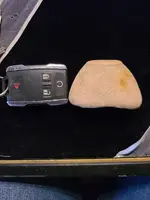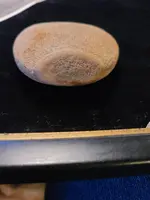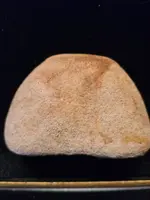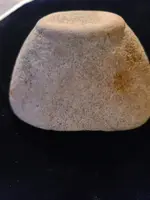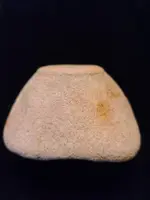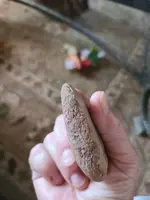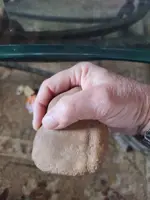I can understand your frustration with this stuff as I have gone through the same thing. Some pieces are difficult to size up. Knowledge of recognizing artifacts doesn't come immediately. You have to understand the processes and examine many, many examples of the real thing. You have to know which tools are in the whole body of items that were produced in the stone age. You have to know the preferred material that was used to produce each specific item (celt, hoe, hammer, anvil, chisel, abrader, banner, axe, pipe, mano, metate, mortar, pestle, etc...) and the production technique(s) used. If evidence of human intervention or usage is absent on any stone piece, by default, it's a geological formation and not an artifact--a geofact. Discussion boards, such as this one, and it's members are here for information sharing and to help teach and point people in the right direction for learning--not to tutor. This is the information age so everyone should use GOOGLE or a similar product and do the research like I and many others here do. A geological forum IMO may be better suited for your piece. You could find out all the details about how it formed. From an archaeological point of view and as artifact hunters & collectors, we're saying specifics of what's not there for it to be an artifact but not what is there and how it's final form came to be.
Take a look at these links for understanding pecking and grinding to produce certain tools...



